Don’t Stop at Private Pilot—10 Reasons to Get Your Instrument Rating Next
Inflight Pilot Training
MARCH 30, 2025
An Instrument Rating is far more than a regulatory box to checkits one of the most empowering, safety-enhancing, and rewarding experiences youll have as a pilot. What Is an Instrument Rating? An Instrument Rating is an FAA certification that allows you to fly under Instrument Flight Rules (IFR).

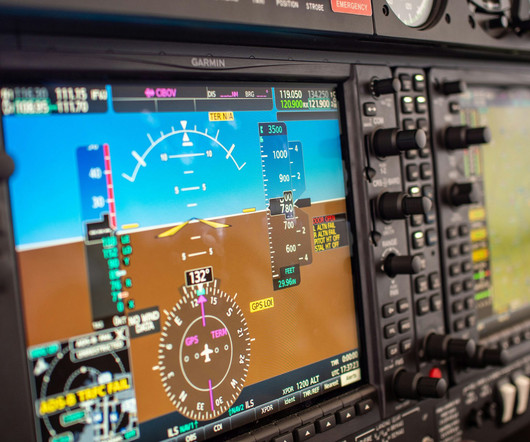
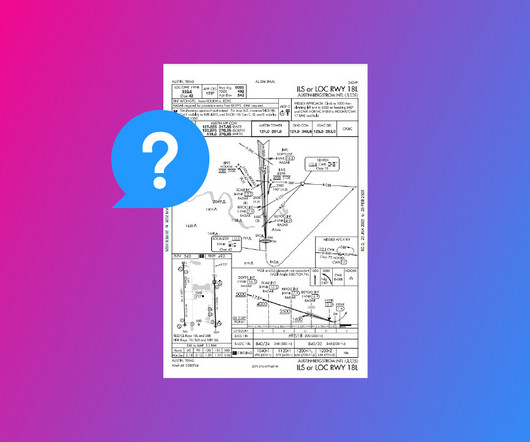


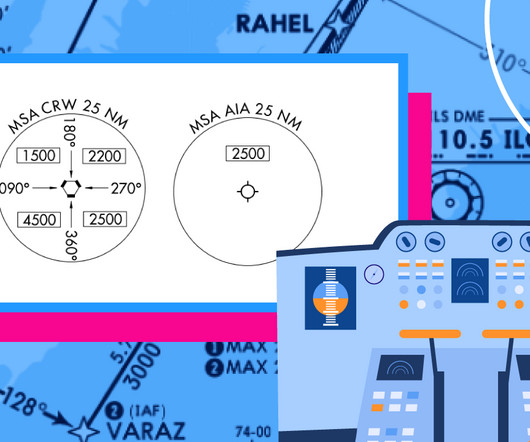

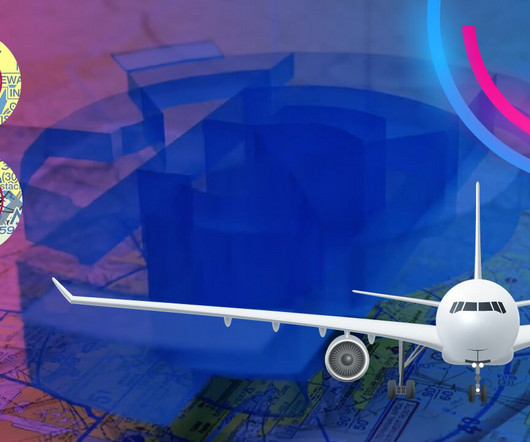
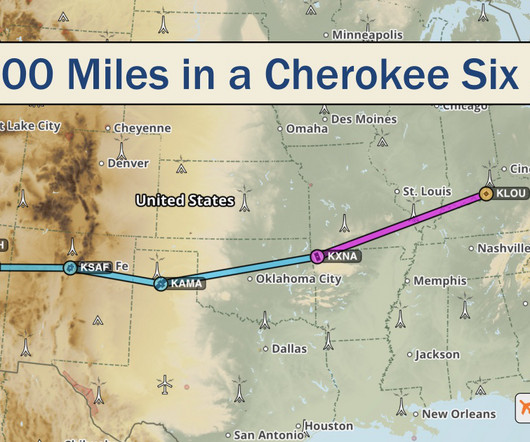
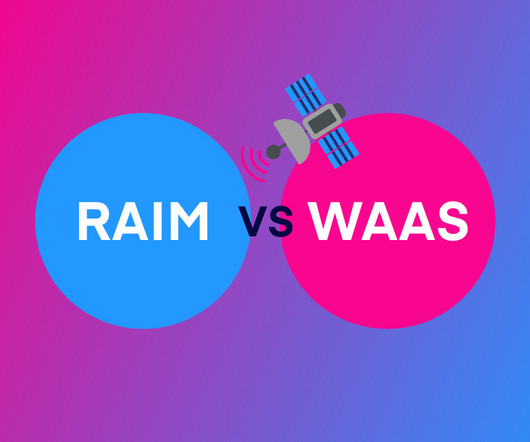
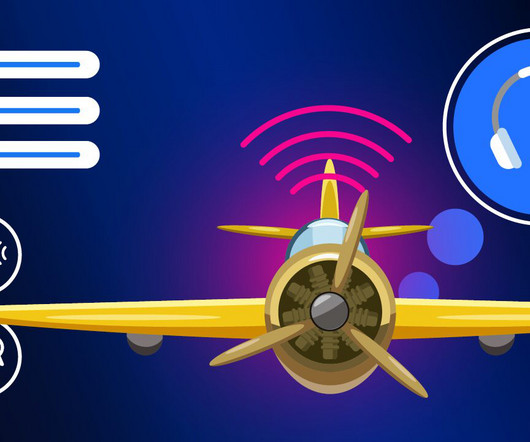






Let's personalize your content